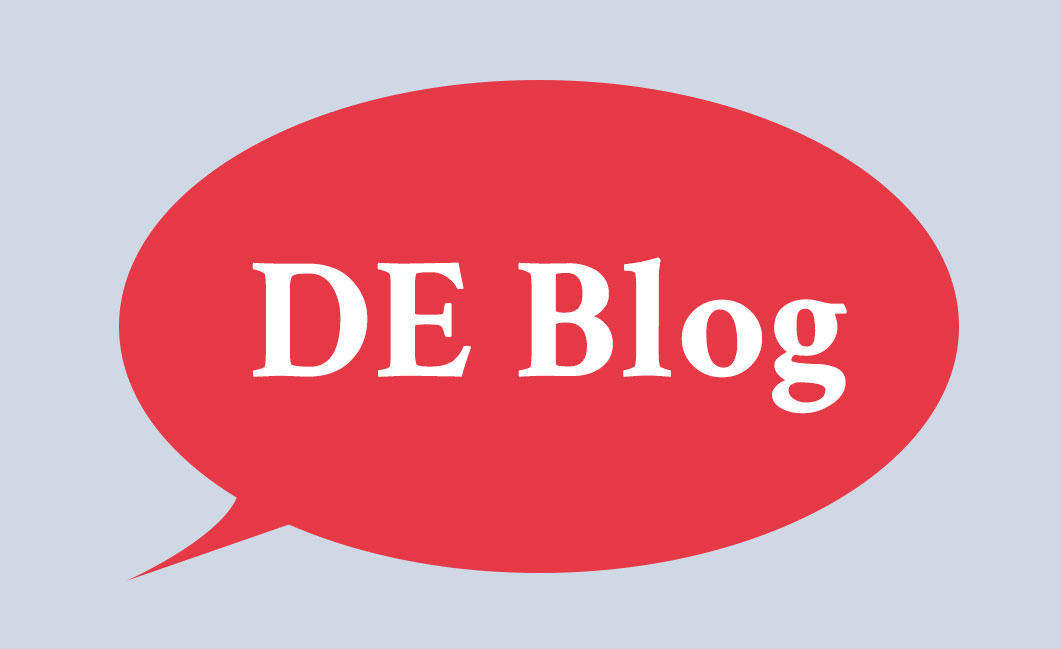Creating a LinkedIn Profile That Works

LinkedIn is the dedicated social media platform for professional connections and employment opportunities, and your profile matters. Your profile is what potential employers, employees, and coworkers see first and first impressions count. What may strike you as clever or witty might not sit well for everyone, so it’s important to find the right balance. Here are some tips for creating a LinkedIn profile that will help you in your professional goals.
Choose your picture wisely. This may seem like a no-brainer, but you’d be surprised. How much you can get away with in your picture depends on your field (ie, more creative fields may have more latitude with casual poses or relaxed pictures), but there are some general guidelines you should follow. It should go without saying that you should look presentable: neat and tidy clothing, no party pictures. A professional tone usually works best, in work-appropriate clothes. Don’t use any blurry or pixelated pictures, and don’t use a group shot and cut yourself out. Make sure your face is easily visible and that you look friendly and approachable.
Headline. The headline is under your name on your profile and shows up with your name in search results. People often put their job title and company in their headline. Think about what you want people to see, what job you’re seeking, and what words might show up in searches. Same with your “skills” section. Use keywords and search terms, because this is how potential employers can find you.
Build credibility. Try to get a couple of recommendations on your profile so that your various skills can be highlighted. These are different than “endorsements,” when people just click on skills for which they endorse you. Recommendations are written by people who know your strengths. Recommendations help set you apart from the rest of the job applicants.
Brag. Not literally, but don’t be shy about listing specific accomplishments in your past jobs. It’s all well and good to list what you were responsible for in those jobs, but being specific with growing a client base, building a social media presence, developing X number of projects yourself, managing X number of teams, and so forth, gives readers a better idea of your accomplishments and all the hard work you have done.
Do your research. Look at the profiles of your colleagues and others in your field. Take note of what you do and don’t like on the profiles that catch your eye. Pay attention to keywords or phrases that keep popping up.
Did you know that we can help you with your job search experience? Dissertation Editor provides CV and resume editing and formatting, consultations for interview prep, and more. Contact us today to learn about our range of services and how we can help you achieve your professional goals.
Tagged under: job applications job search professional services resume editing social media